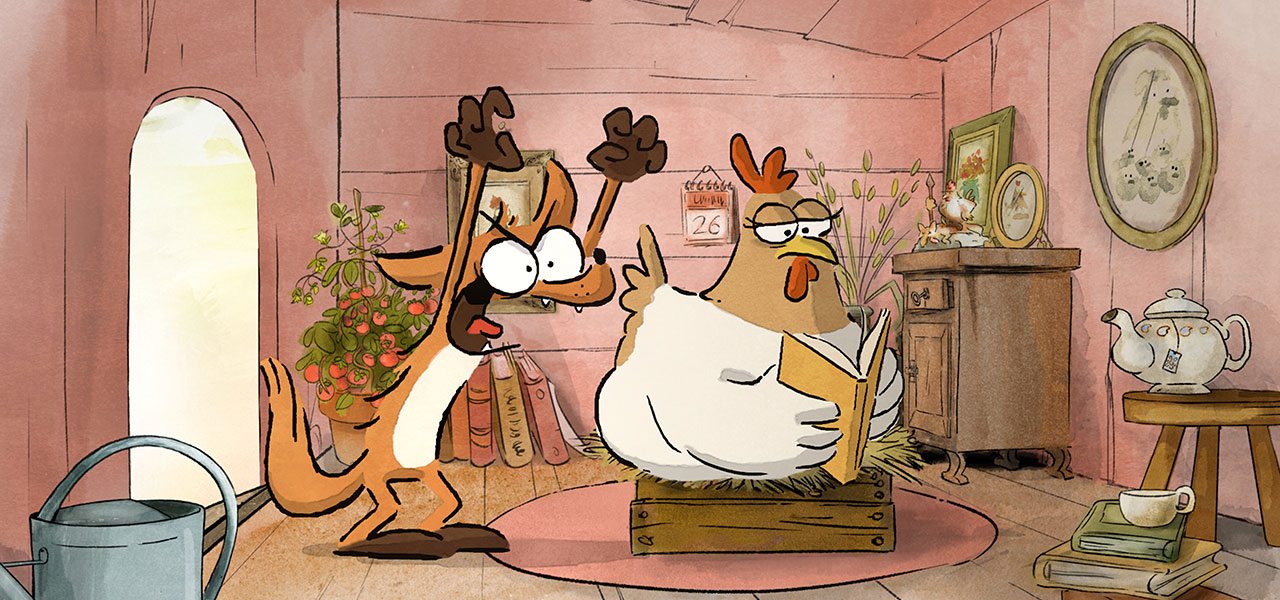
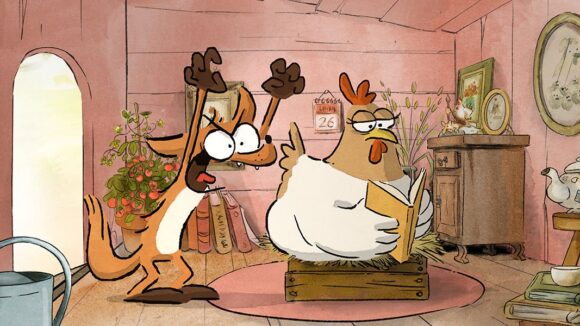
Keeping It Light: An Interview With ‘The Big Bad Fox & Other Tales’ Co-Directors Benjamin Renner And Patrick Imbert
A cartoonish blast from the past, co-directors Benjamin Renner and Patrick Imbert’s Big Bad Fox and Other Tales bows equally to Aesop’s Fables and Bugs Bunny, while continuing to represent France as an international exemplar of hand-drawn animation.
Based on Renner’s 2015 graphic novel of the same name, Big Bad Fox bowed stateside in November at the inaugural Animation Is Film festival, but more widely opens in February from standout distributor GKIDS.
Although its pedigree alone recommends it – Renner co-directed the 2012 film Ernest and Celestine, for which Imbert served as animation director – Big Bad Fox is also notable for being an old-school, hand-drawn goof-off swimming in a sea of quite serious cgi. It dispenses with the pretense to seriousness outright, refreshingly reminding viewers what animated escapism can be for those just looking for a funny, feel-good time.
Cartoon Brew spoke by phone with Renner and Imbert (who also served as animation director for the bleaker April and the Extraordinary World) about the Annie-nominated Big Bad Fox, the industry of animation in America and France, their utopian new studio (courtesy of super-producer Didier Brunner), and more.
Cartoon Brew: You’ve said Big Bad Fox is inspired by the animation of Tex Avery and other Looney Tunes greats.
Benjamin Renner: I’ve always been influenced by and connected to the cartoons that I loved as a kid, including Looney Tunes, Silly Symphonies, and work like that. I was raised on those cartoons and their comedy, so in a way I wanted to pay respect.
Its patient gags stand apart from most animated features in the U.S. marketplace.
Benjamin Renner: I guess it’s somewhat difficult these days. Animated films have to make money, so they usually have to be strong epics with multiple characters. I wanted Big Bad Fox to be a lighthearted comedy, so that’s how we approached the tone of the film.
Patrick Imbert: I think it’s sometimes different with television. A show like The Amazing World of Gumball is really amazing, but it’s on tv. Maybe you can’t do such things in cinema.
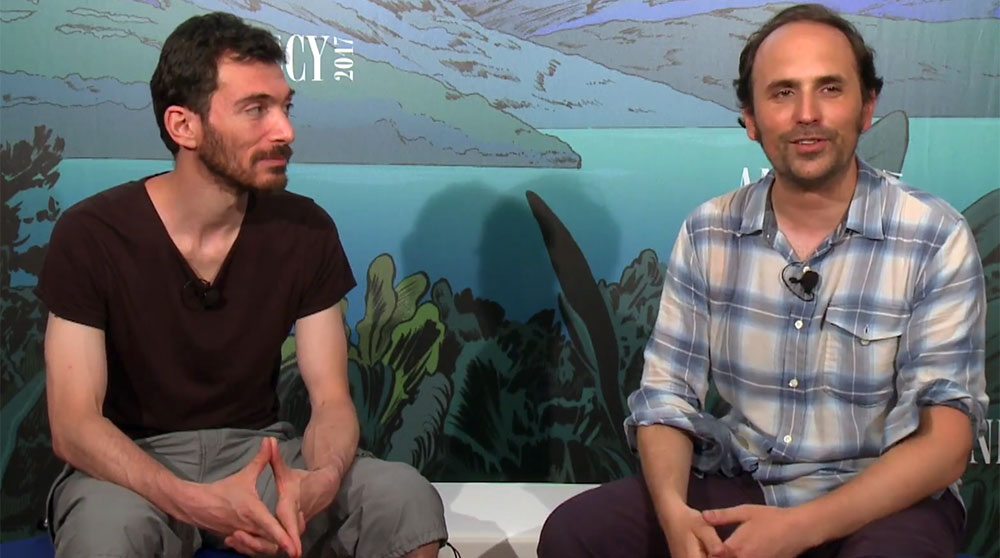
Big Bad Fox has cross-demographic appeal. There’s something for everyone…
Benjamin Renner: Thank you, because that is exactly what we were going for. It wasn’t necessarily a strategy, but it was our intention to be earnest. When I finished the graphic novel, I was afraid children wouldn’t like it, because its comedy was intended for adults. But I was surprised to find that even very young children were enjoying it, so when we decided to adapt the graphic novel into animation, we kept that intention to appeal to all ages. It’s relieving to see that in some way we succeeded.
Patrick Imbert: We also made the choice to use realistic voices, rather than the cartoonish voices we’re used to hearing, and the kids really liked it. So you don’t necessarily have to target kids in those ways; if the jokes are good, kids will like it, and so will everyone else.
Benjamin Renner: Plus, parents can get annoyed by those cartoon voices. [screeches unintelligibly, then laughs.] So we decided to take a more natural approach, which may be more pleasant for them to experience.
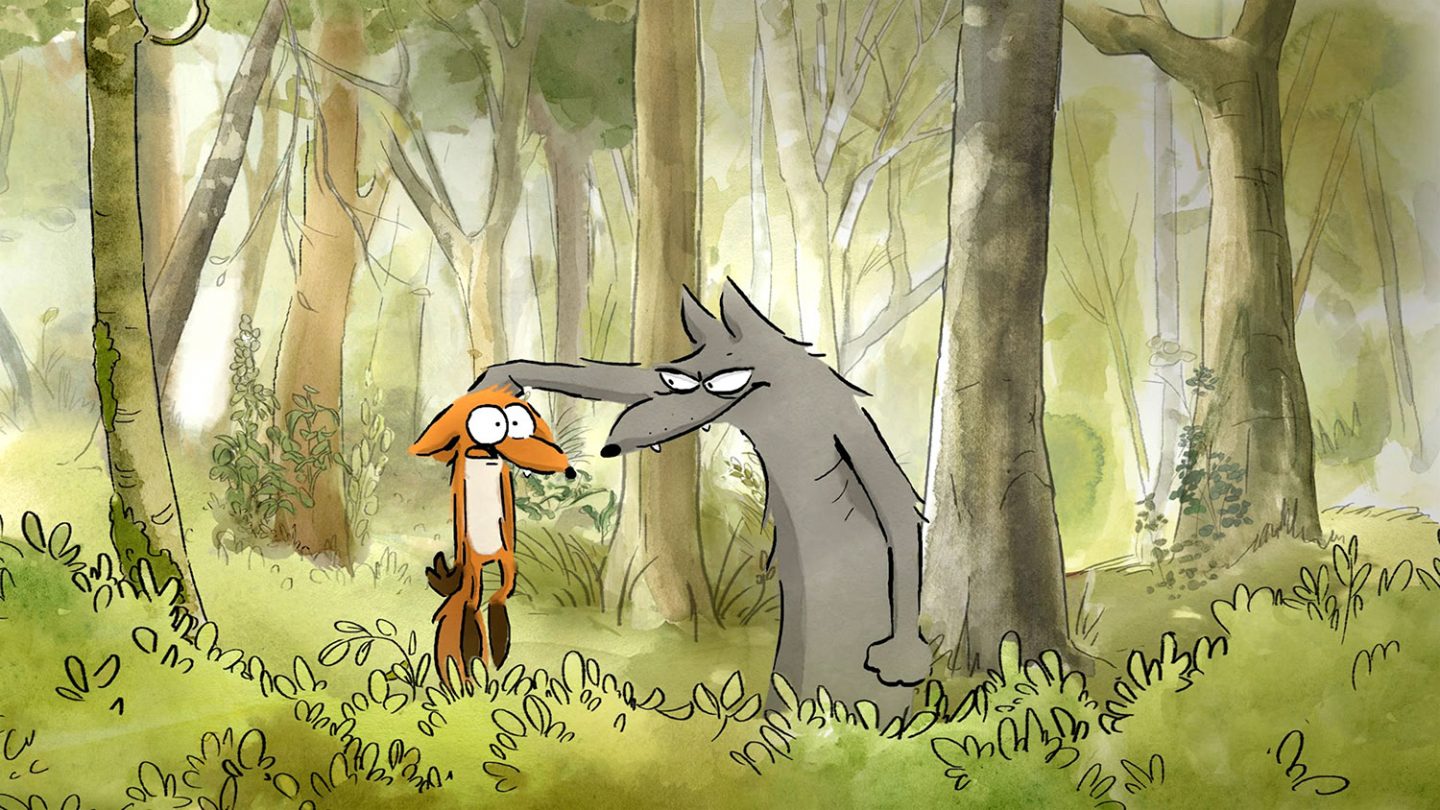
I think the same goes for its hand-drawn technique, which like your wondrous Ernest and Celestine enhances the experience, especially the comedy.
Benjamin Renner: In France, I think we’re continuing to make strong, important animation in the 2d tradition, but this is also because of budget. We like to create films with a high quality that you can see onscreen, that don’t look cheap, by focusing on the story and trying to make them as good as they can be.
Patrick Imbert: I also think there is a stronger stream for hand-drawn animation in Europe. These days, any student with talent and a simple computer can make a film almost alone, if he or she wants to, which I think is why many like to work with traditional hand-drawn animation.
Benjamin Renner: Yeah, whereas with 3d animation, you have a standard set so high by Pixar and others that you need a huge team to reach the goal. With hand-drawn animation, there isn’t really such a standard. I mean, there is Disney, but anyone can truly make a good hand-drawn film. Schools in Paris and elsewhere are graduating talented artists who are crazy good.
And they’re not just making comedies: April and the Extraordinary World was a hand-drawn French dystopia that was, for the most part, hand-drawn.
Patrick Imbert: You many not know this, but April and the Extraordinary World was made by mostly the same team of French artists working in 2d animation. There are few highly qualified people for that, so most of the feature animated films from France are usually created by the same group of artists, whether that’s April, Ernest and Celestine, Big Bad Fox, or others. It’s almost always the same family.
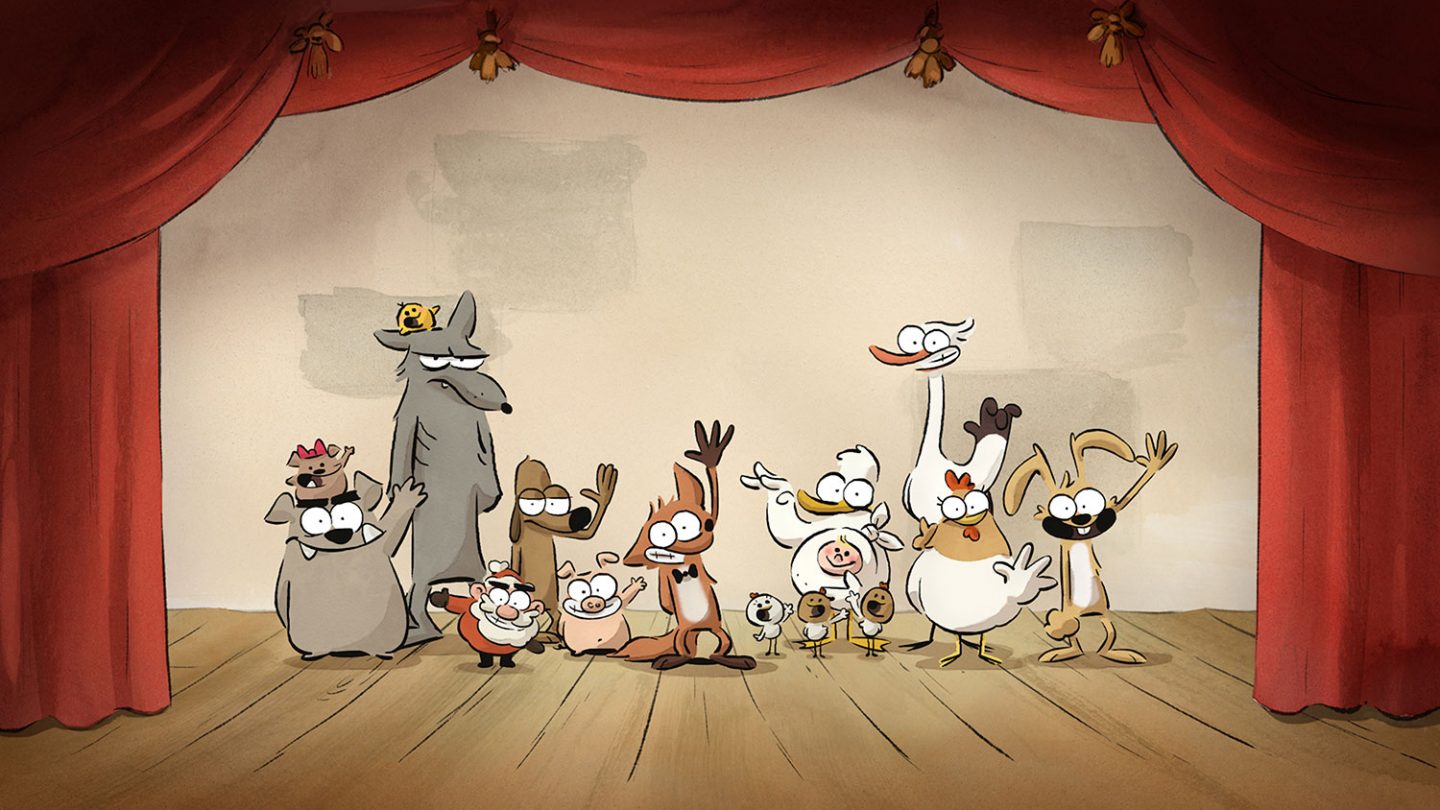
Speaking of family, Big Bad Fox was made in-house at Folivari, a new “utopian” studio with “little regard for marketing and market research.”
Benjamin Renner: Our producer, Didier Brunner, who also produced Triplets of Belleville and Ernest and Celestine, wanted to retire, but then decided he wanted to make another film. So when we met to talk about making Big Bad Fox, we decided to make the film more in-house than Ernest and Celestine, which was mostly produced in a single studio, although some parts were made in different regions of Europe. We asked Didier if this time we could make a film in one single studio, and he actually accepted.
We were very lucky. Even people new to the production process managed to find a better working rhythm. As a director, it was so great to be in the same room with the animators, to be able to immediately react to them, whether they were doing something right or wrong or suggesting a new idea. We could just stop by each other’s desks and show what we were talking about.
It sounds much smoother, especially since you were working directly off of animatics, as you had the comics as a source text.
Benjamin Renner: I have a lot of trouble writing scripts; I really am not very good at it. Because we can work faster this way, Patrick and I tend to prefer to write most of the film on storyboard, with very precise script, especially since much of the film is slapstick. We settled on the tone of the film more with pictures than with sentences.
Patrick Imbert: It was definitely more efficient for us, and for what we wanted to do, because we have a very short pipeline.
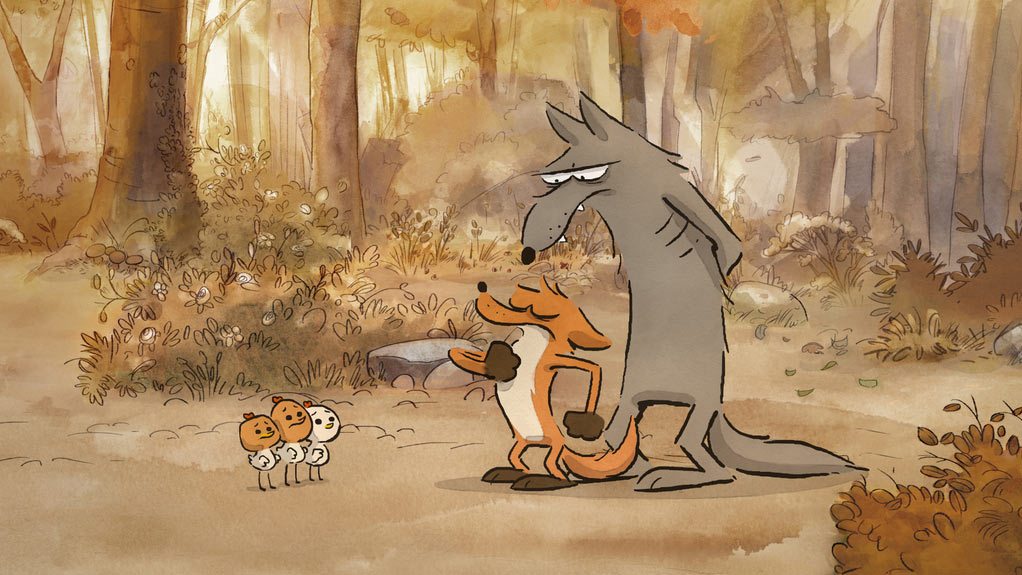
Did you have any hopes for how the film would be received in North America?
Benjamin Renner: Well to be honest, we were really surprised that Big Bad Fox premiered at the Animation is Film festival, because we really didn’t have any distribution, and the film feels quite French, I guess. Also, it sort of refers to fables and stories like Aesop’s “The Fox and Crow,” so we were somewhat surprised by the reception.
Patrick Imbert: Also, you have to know that this project began as a 30-minute television special, and little by little it became three television specials, and then a feature that sailed from France to Hollywood. It’s amazing. We didn’t expect this.
Benjamin Renner: And of course, we are a little bit nervous, because it is different from other films out there, but so far the reaction has been so relieving. Maybe American people are so polite they just pretend to like it. [laughs]

.png)